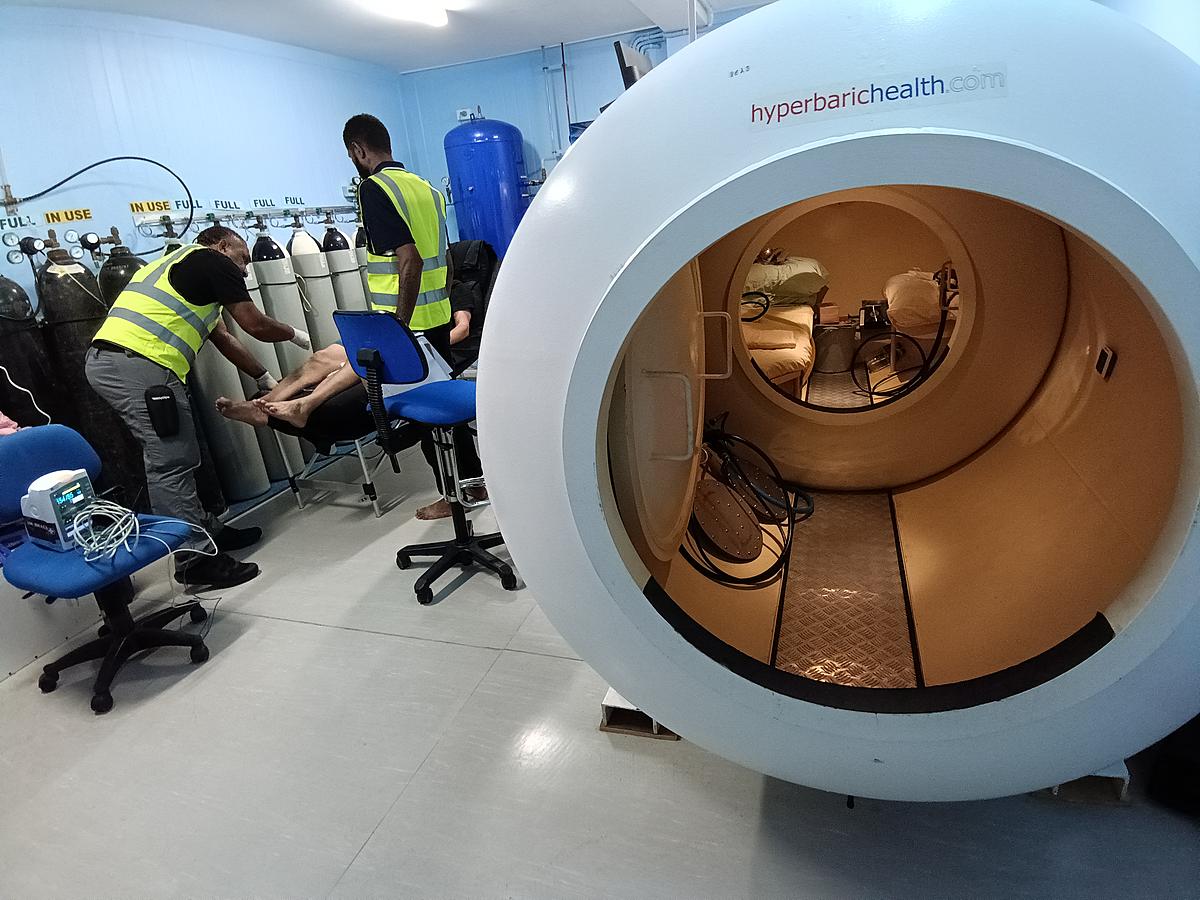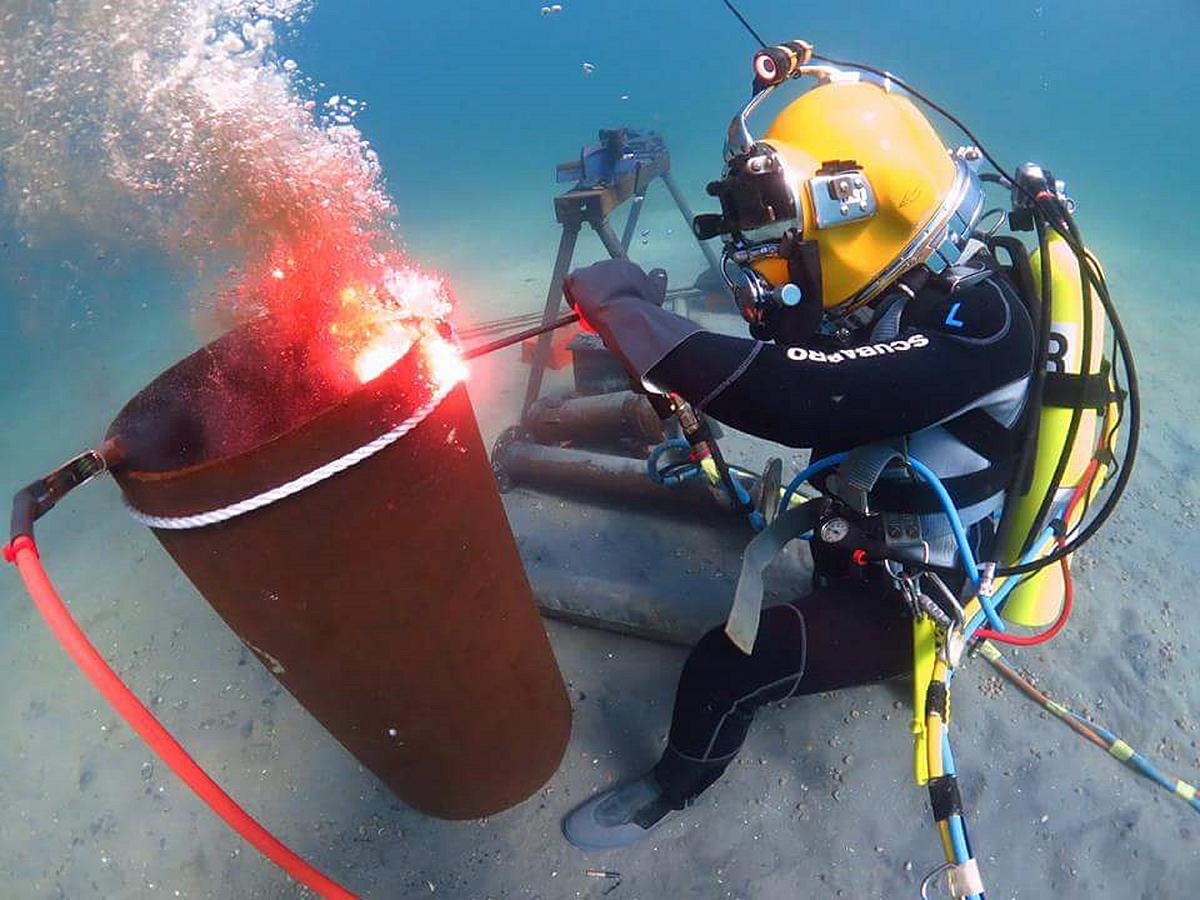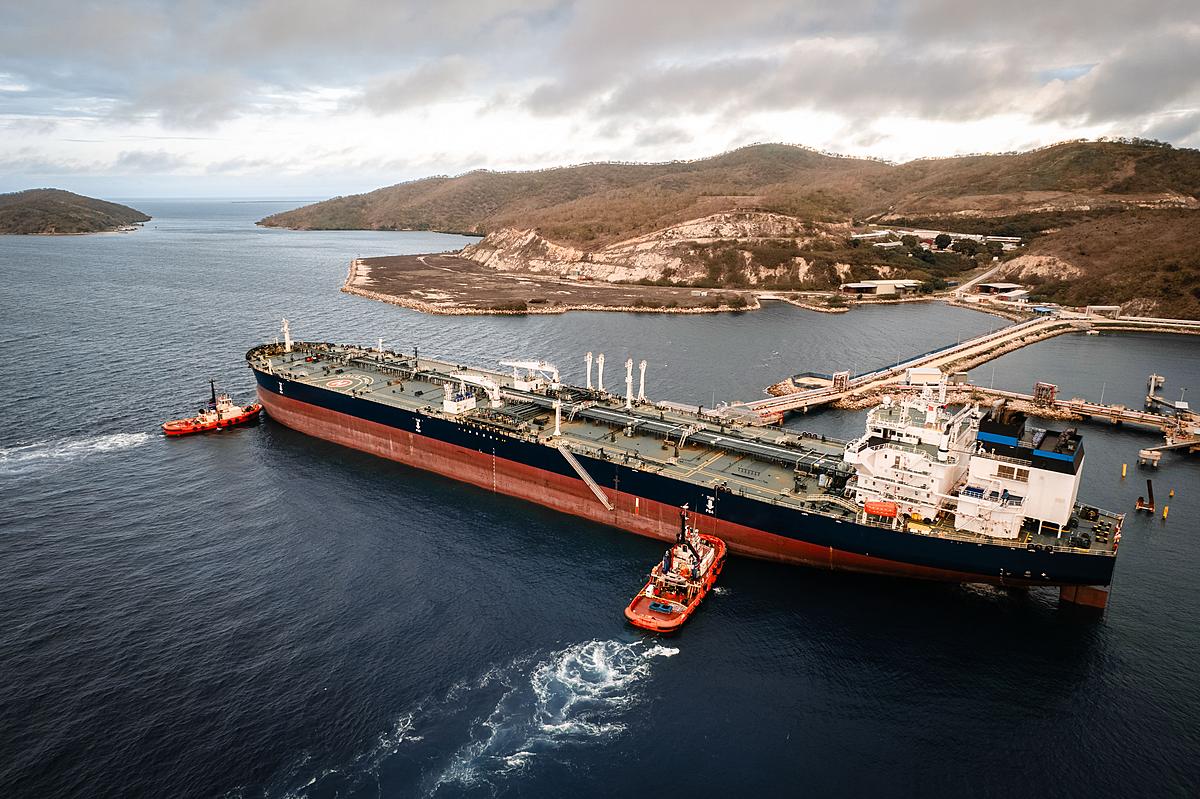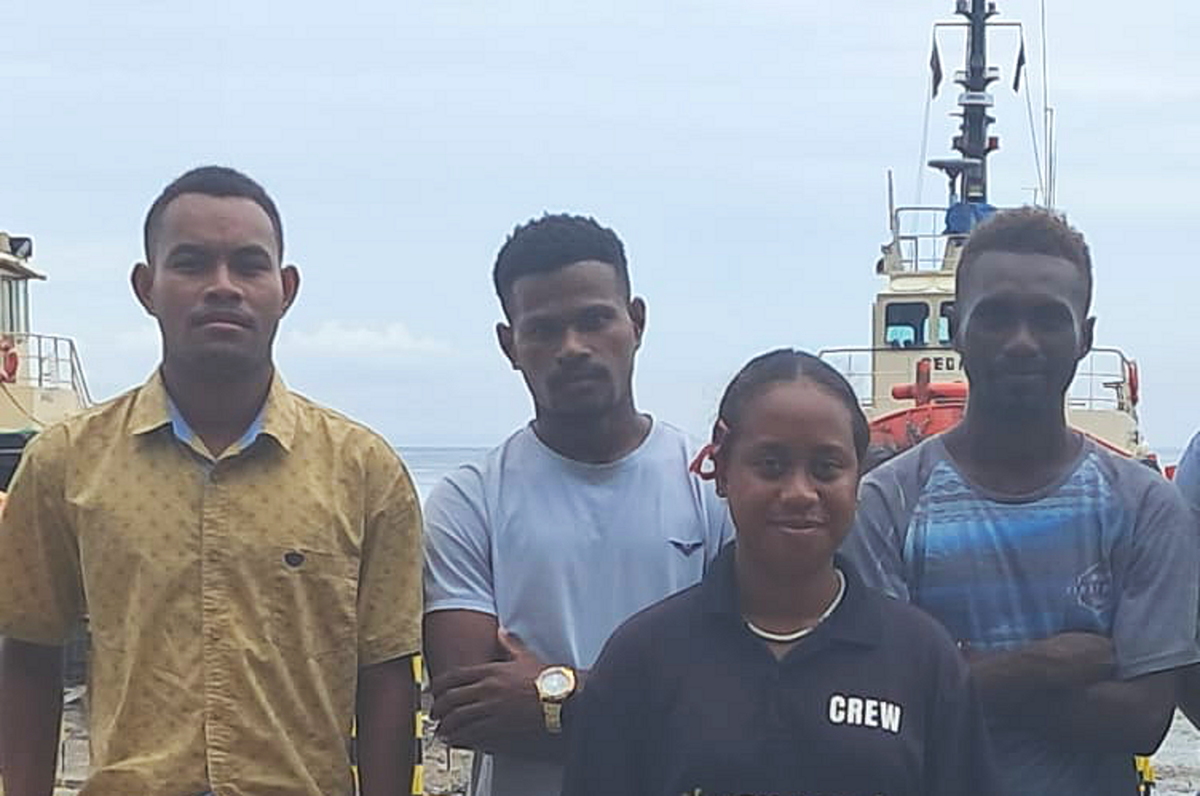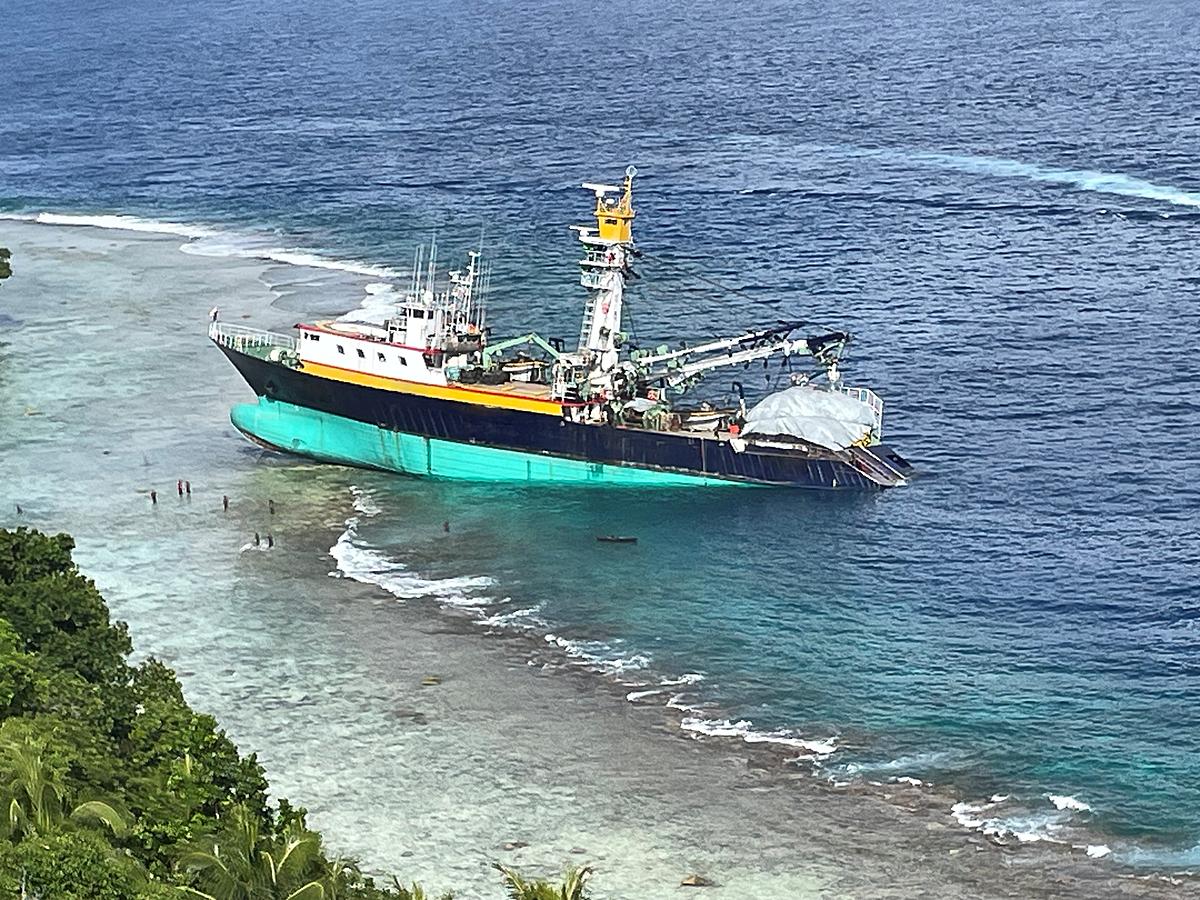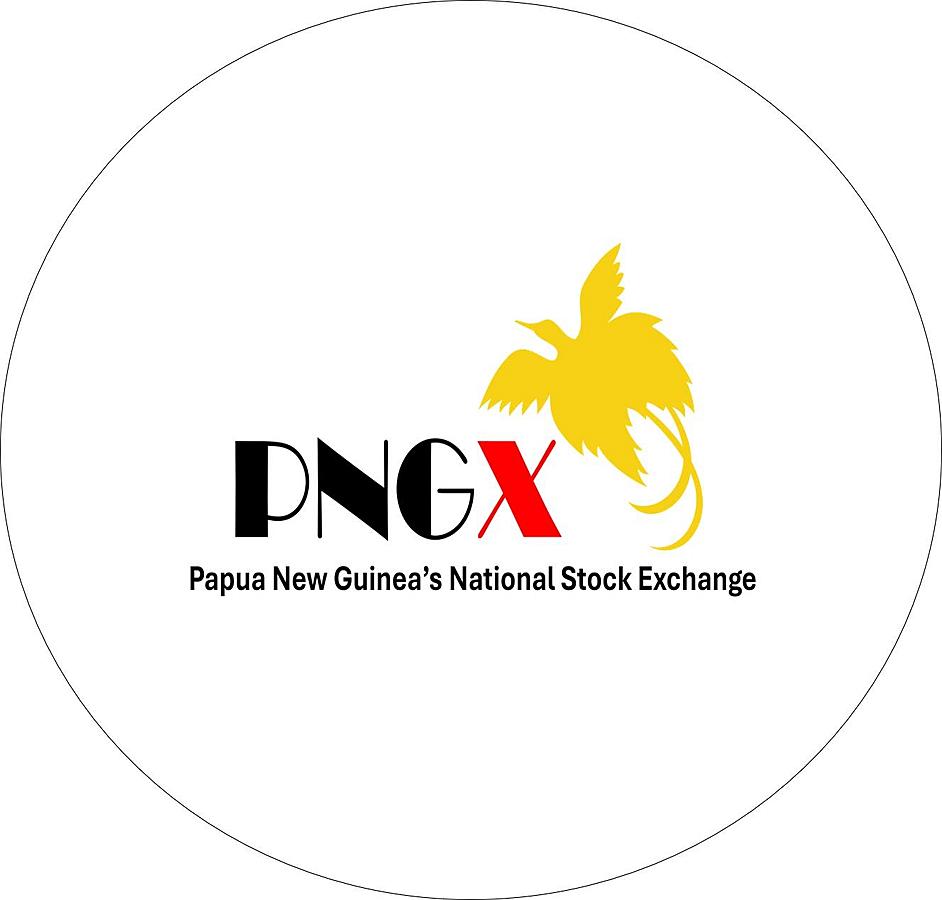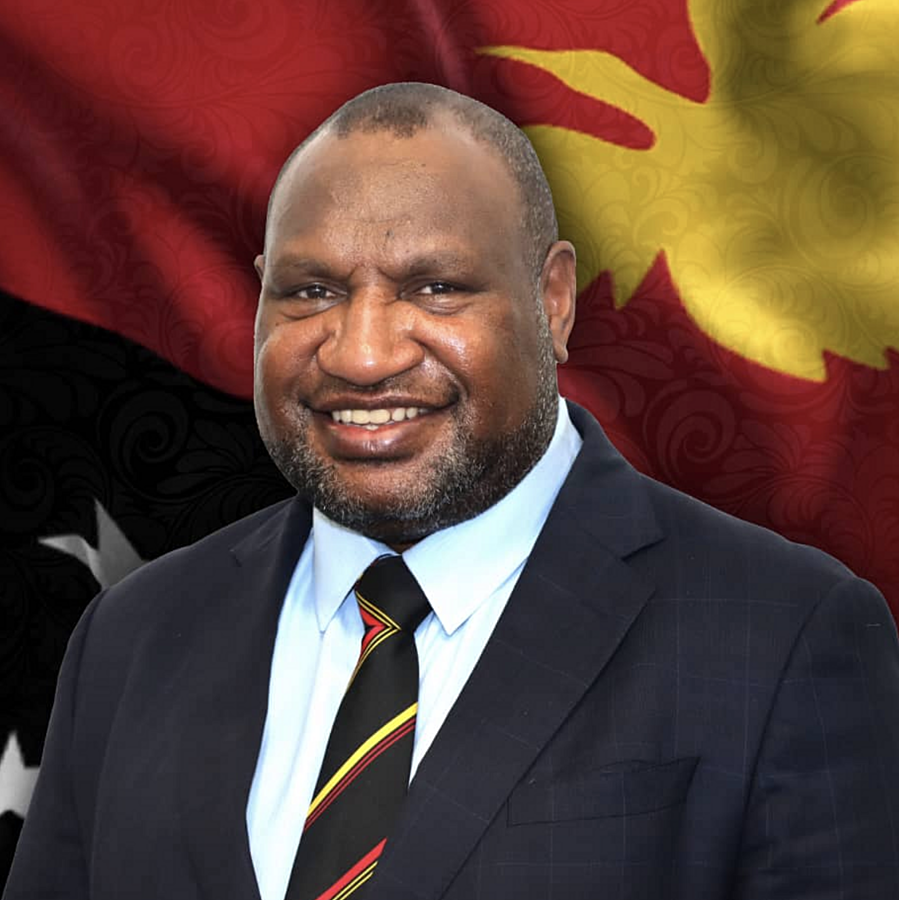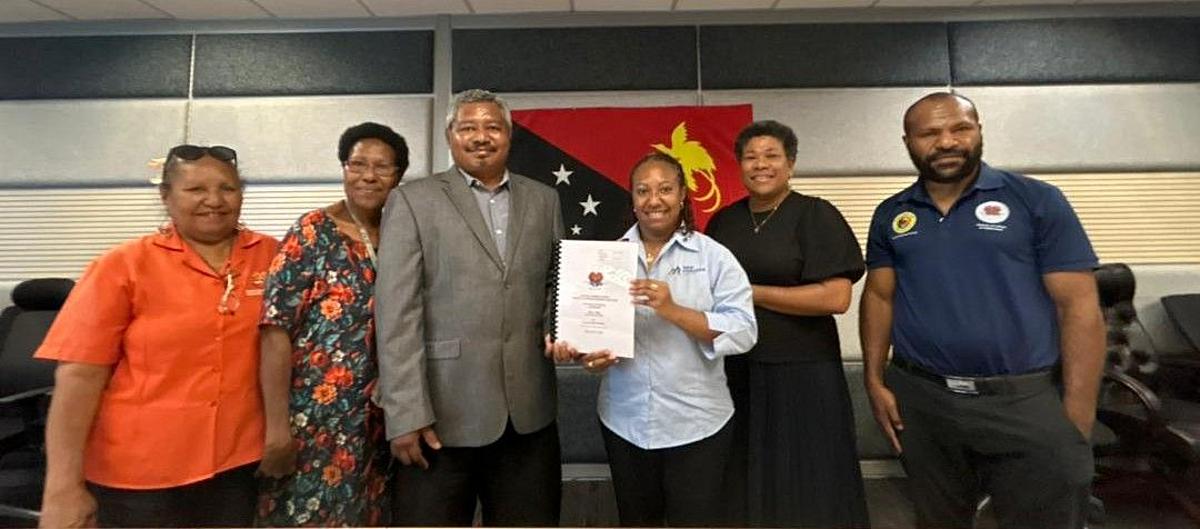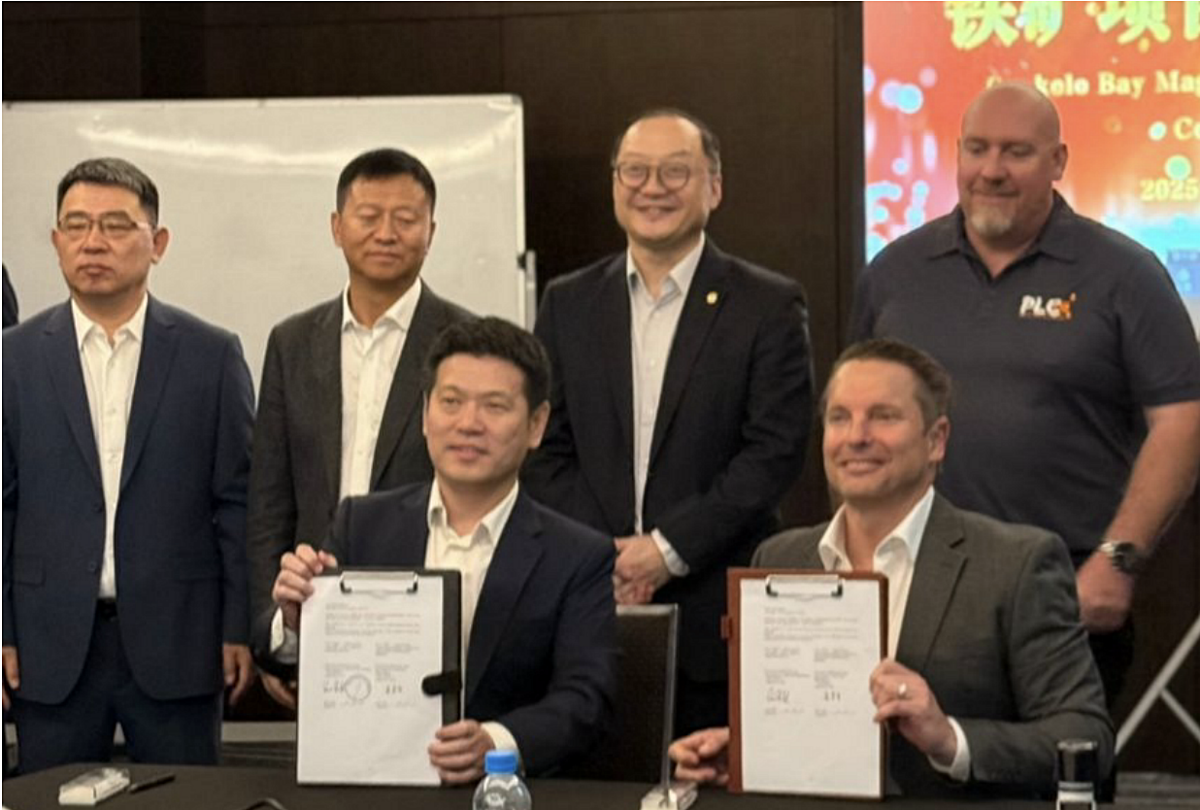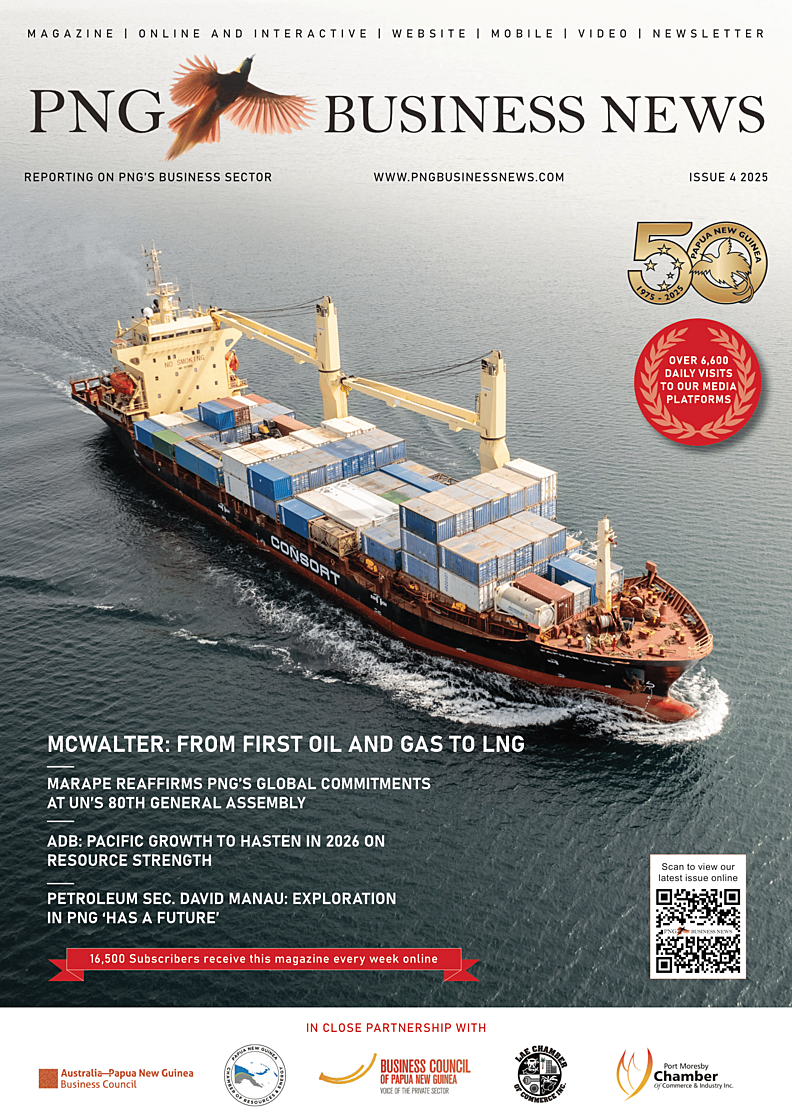Papua New Guinea’s diver recompression facility, strategically located in Port Moresby, has saved many lives and prevented numerous long-term disabilities since it opened in 2004. Although recreational divers have traditionally been the most frequently treated, the last five years have seen an increase in commercial diver patients. Given the surge in projects that will require commercial diving services over the next decade (e.g., new offshore LNG pipeline, mining tailings dams and offshore disposal, marine surveys, port redevelopments), it is reasonable to expect that the facility will continue to increasingly be required by commercial divers.
The Port Moresby recompression facility operates to international standards. Facility Coordinator of the PNG Dive Association (PNGDA), John Miller, asserts that the facility’s treatment protocols are “world class” and in accord with the Divers Alert Network (DAN) – a respected international entity that provides emergency medical assistance to divers.
Miller says that the recompression facility is just one part of the picture when it comes to diver safety in PNG. “Collectively, the PNGDA, DAN, and our medivac partner, Tropicair have built a ‘diver safety network’ which rivals similar setups in developed countries.”
“When one of the hospitals or dive resorts scattered across the country contacts us with a suspected case of decompression illness, we’re able to provide a rapid over-the-phone diagnosis through our Regional Hyperbaric Specialist Consultant, Dr Bobby Wellsh, an emergency and critical care physician as well as a hyperbaric medicine expert. If necessary, we liaise with Tropicair who through their subsidiary Medicair, send one of their specialised planes – sometimes with Dr Wellsh on board – to pick up the patient. The recompression chamber is located within Tropicair’s facility right at the airport. It’s literally 100m from where the plane lands to where the chamber is located so we’re able to provide the diver with seamless medical care.”
Operation of the recompression chamber requires a team of medical professionals and technicians led by Dr Wellsh. Patients present with various degrees of severity of decompression illness and often require treatment over several consecutive days. Individual treatments between 2-5 hours in duration are administered in accord with doctor directions.
In 2023 the facility increased its capacity with the training of an additional doctor, three more nurses, as well as five extra technicians. Miller says that some of the best technicians are those from local tugboat company, Pacific Towing (PacTow), which provides numerous specialist services to the country’s growing oil and gas sector.
“Our PacTow technicians are all experienced commercial divers themselves and they’re Papua New Guineans” explains Miller. “This means they have a heightened understanding of decompression illness and its seriousness, and they are extremely accessible given that they’re in Port Moresby and on call 24/7. Significantly, we know that the training we provide to our PNG technicians will stay in country to benefit dive patients for potentially decades as opposed to when we train expatriates.” Another member of PacTow’s commercial dive team is scheduled to receive training and qualify as a recompression chamber technician in the second half of this year.
Although commercial divers employed by reputable companies as well as tourists with the right medical insurance have the means to access the Port Moresby recompression facility, others (such as those engaged in the illegal sea cucumber trade) typically do not. Miller reports that some of these divers also simply leave it too late to access treatment. This was the case with several patients who were engaged in high-risk commercial fishing activities that resulted in significant decompression illness.
There are no other recompression facilities operating in Melanesia. Without the Port Moresby facility, patients would have to be evacuated to either Northern Australia (i.e., Townsville) or Guam (i.e., the two closest international facilities). Given that rapid presentation for treatment is central to successful decompression illness recovery, the Port Moresby facility is incredibly important to its commercial divers and projects that require their services.

